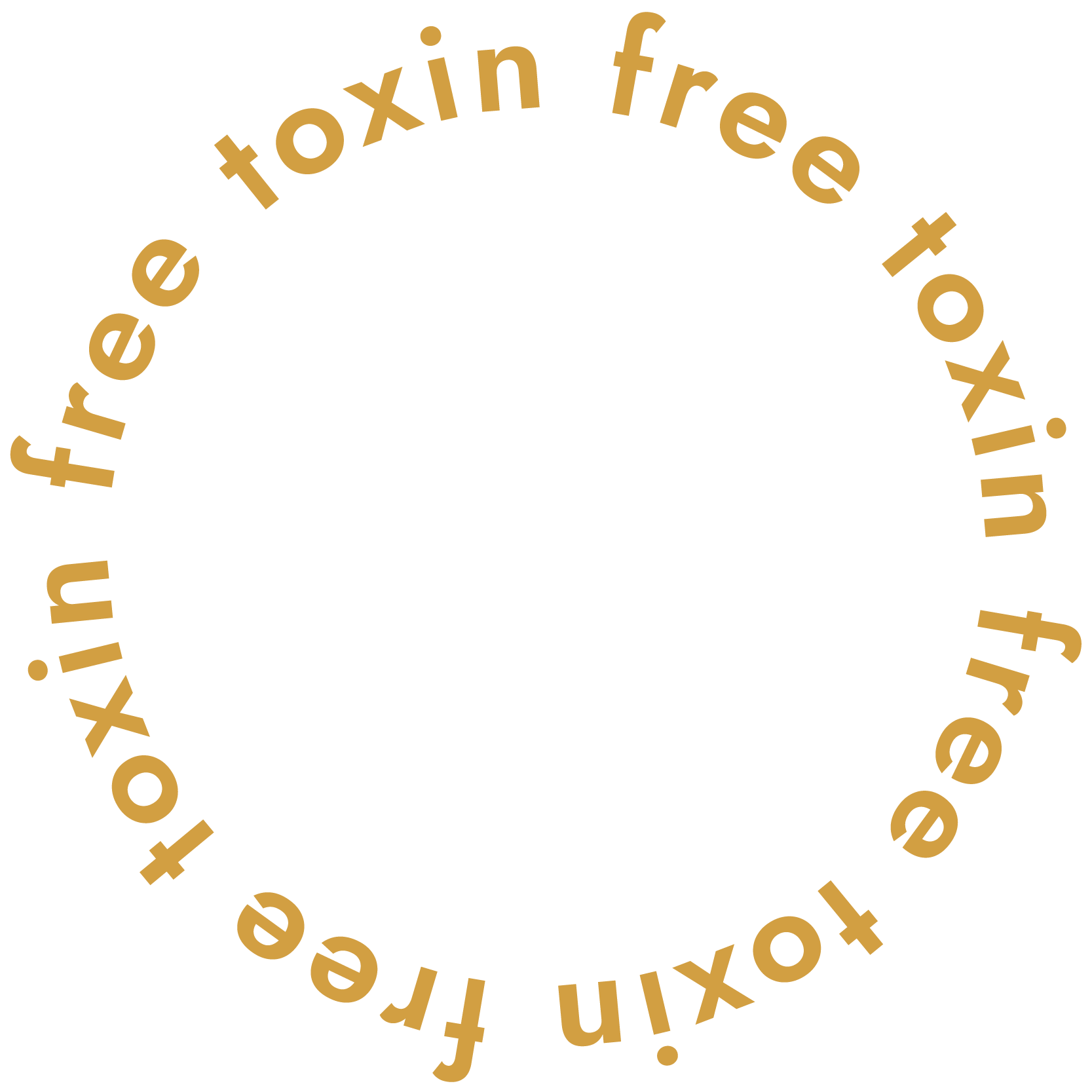Apple Podcasts | Spotify
Is that plant-based ingredient ACTUALLY better for you? A lot of companies certainly want you to think so. So today, we’re getting ahead of a conversation that I think will only get bigger in the coming years.
Here’s the trend I’m seeing in the beauty industry: Companies, brands, and manufacturers are taking ingredients that were historically made from petrochemical byproducts and using bioethanol byproducts instead. Then, the brands are advertising plant-based ingredients, painting the picture that they are completely safe and non-toxic.
Here’s the thing: These ingredients are better for the environment. It’s a step in the right direction. However, the final ingredient is exactly the same.
So let’s break down this case of greenwashing so you can spot it in stores. I currently work in the bioethanol industry, so I’m intimately familiar with how these ingredients are made, and I’m dedicated to making this as simple to understand as possible.
Download my avoid list to get the full context behind the ingredients we’re talking about in this episode!
In today’s episode, we’re chatting about:
- How my new job is giving me a full behind-the-scenes look into how these ingredients are made
- The environmental benefits of using bioethanol over petroleum products
- My problem with the marketing tactics that paint these products as non-toxic
- A deep dive into phenoxylethanol
Byproducts of Petrochemicals vs. Bioethanol
For those of you who didn’t know, I have gone back to work at a company I love. It has given me a behind-the-scenes look at how things are made, whether they’re made from petroleum in a refinery, or they’re a byproduct of that process, or they’re made from bioethanol, which is made from plants.
You can make bioethanol from:
- Corn
- Sugar cane
- Pine trees
I love the trend of using bioethanol byproducts to make ingredients for shampoo, conditioner, skincare, and makeup. It’s much more environmentally friendly than petroleum. There are fewer emissions, drilling, and fracking. I support the companies that are sourcing this way.
My problem is the confusion that arises after sourcing. Yes, these ingredients are more environmentally friendly. However, just because these ingredients start in a more environmentally friendly way doesn’t mean that, by the time they reach your makeup, they’re not still something you want to avoid, because that is not always true. Sometimes it’s true, but not always.
Example: Phenoxylethanol
Phenoxylethanol is a broad-spectrum preservative used in many products across the industry: cosmetics, personal care, and home cleaning.
It is on my avoid list because of its inherent toxicity. It is made by combining ethylene oxide (a carcinogen) with phenol, which is a petroleum-derived, highly corrosive ingredient.
That phenoxylethanol acts as a really good preservative. Phenoxylethanol is one of those ingredients you can just throw into just about everything because it’s an easy, cheap way to add preservatives to a product.
Companies say on their websites that they use phenoxylethanol as a preservative, but don’t source it from petroleum-derived ethylene oxide. Instead, they source it from whatever the bioethanol is coming from. And so it’s a plant-based ingredient, and it’s totally fine.
Surprise: It’s not fine.
How Phenoxyethanol is Made
This is how phenoxylethanol is made using petroleum byproducts. When you use petroleum, it’s made from ethylene gas, a byproduct of cracking hydrocarbons and part of the petroleum process. You take that and mix it with phenol, which is also made through the petroleum-based process.
How do you make it from a bioethanol perspective? Let’s use sugarcane as an example. You use enzymes to ferment this sugarcane, and on the other side of that fermentation process comes a bunch of byproducts, one of which is ethanol. You can convert that ethanol into ethylene, which you can then convert into ethylene oxide.
Let me be really clear about this. When that ethylene oxide is made through that chemical process from plant-based ethanol, there’s nothing wrong with plant-based ethanol. We use plant-based ethanol in our Wyld Notes products. There isn’t anything toxic about organic alcohol that comes from plant fermentation.
However, the way that becomes ethylene and, in turn, has to become ethylene oxide, that ingredient is a carcinogen. It doesn’t matter that ethylene oxide was made from plant fermentation in the very beginning because the chemical process that it took to turn that ethanol into ethylene and then ethylene oxide is the same as the process it takes to take that petroleum, the ethylene that comes from petroleum, and turn that into ethylene oxide.
In both cases, you have a carcinogenic chemical, ethylene oxide. And in both cases, you have to take that ethylene oxide and you have to add it to and mix it with phenol, which is also petroleum-derived. And out the other end, you get phenoxyethanol.
It doesn’t matter which process you take. The ingredient, chemical, and molecular structure are exactly the same. In both cases, ethylene oxide is a carcinogen, and the output is the same phenoxylethanol.
Why Talk About This Now?
The reason why I wanted to do this podcast now is that this is about to blow up. The bioethanol industry is starting to realize that these byproducts from the bioethanol process can also be sold to manufacturers for cosmetic production, which is great.
Let’s say you’re creating an ingredient you can sell, but you also get five other byproducts when you create it. The more of those lines that you can sell, the better.
That’s what’s happening in the bioethanol space. All of this bioethanol is being created, and these companies are realizing they can resell the byproducts to the cosmetics industry. Again, I celebrate and cheer that these ingredients are more environmentally friendly.
I’m going to argue something, though. Phenoxylethanol doesn’t need to be used in products at all. There are so many clean, truly plant-based, safe, approved preservatives that can be used in cosmetics. So instead of taking an ingredient like phenoxylethanol, just source really good preservatives.
Think Twice About Plant-Based Ingredient Labels
If a product is truly made from a plant, it will be a plant extract. It will be listed on the ingredient list as a plant extract.
So the next time you’re in the store and you see words like plant-derived, plant-made, or plant-based ingredients, think twice and ask more questions of the companies that you’re buying these products from.
FAQs About Plant-Based Ingredients
What does it mean when a beauty brand says an ingredient is “plant-based”?
Many beauty brands use the term “plant-based” to describe ingredients derived from renewable sources, such as bioethanol, rather than petrochemicals. However, the end ingredient is often chemically identical to its petroleum-based counterpart. This means that while the source material is more sustainable, it doesn’t necessarily make the product safer or more natural for your skin or body.
Is a plant-based ingredient always better for your health?
Not necessarily. Plant-based sourcing is generally better for the environment, but it doesn’t guarantee a non-toxic product. The final ingredient’s structure and effect on your body are the same, whether it originated from a plant or petroleum.
How can I tell if a brand is greenwashing with “plant-based” claims?
If a brand highlights that an ingredient is “plant-derived” without explaining what that means or how it affects the final product, it may be greenwashing.
Related Episodes:
Episode 14: Spring Cleaning: Is Your Household Cleaner Greenwashed?
Episode 57: 5 Reasons I Don’t Recommend Relying on Ingredient Apps (Yuka, Think Dirty, EWG)


+ show Comments
- Hide Comments